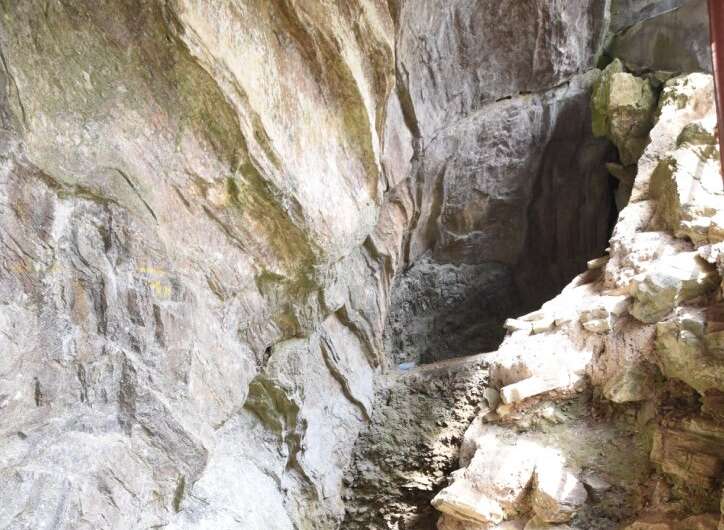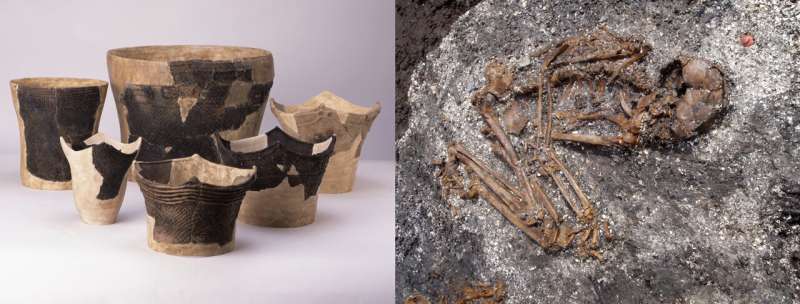Full September harvest moon
to shine as first day of fall looms

The full moon of September, known as the "harvest moon," will soon be shining in the night sky this week. It's the same week autumn officially starts.Shutterstock
The full moon of September 2021 will be shining in the night sky this week, just in time for the official start of fall as the autumn equinox arrives.
Better known as the “harvest moon,” the September moon will officially reach its fullest phase at 7:54 p.m. on Monday, Sept. 20. But it will look big and bright for a few days.
The moon will be 98% full on Sunday, 100% full Monday and Tuesday, and 98% full on Wednesday, Sept. 22 — the first official day of fall, known as the autumn equinox or autumnal equinox.
ALSO: Fall foliage forecast is looking ‘vibrant’ in parts of eastern U.S.
The equinox occurs when the sun rises directly over the equator, bringing an almost equal amount of daylight and darkness hours in the northern and southern hemispheres on that calendar day.

The full moon of September, known as the harvest moon, will be biggest and brightest on Monday, Sept. 20, 2021. It also will be 100% full on Tuesday, Sept. 21.Shutterstock
When to see the full moon rise
The best time to see the September harvest moon will be when it begins to rise in the eastern sky at about 7:15 p.m. Eastern time Monday, 20 minutes after the sun sets, and as it starts to rise at 7:36 p.m. on Tuesday.
The near-full moon will be rising Sunday at 6:48 p.m. and Wednesday at 7:59 p.m.
Nicknames for the September full moon
September’s full moon has a nickname related to the growing season. During most years, it is called the “harvest moon,” but sometimes that nickname is reserved for the October full moon.
It all depends on which of those two full moons appears closest to date of the autumn equinox.
Because this year’s full moon will appear on the night of Sept. 20, two days before autumn arrives, it will be called a harvest moon.
Last year, the September full moon appeared on Sept. 1, followed by another full moon on Oct. 1. “Because October 1 was closer to the equinox, October’s full moon was called the harvest moon and September’s full moon took on its traditional name: the corn moon,” the Old Farmer’s Almanac noted.
In addition to those nicknames, some native American tribes call the September full moon the barley moon, “because it is the time to harvest and thresh the ripened barley,” the Old Farmer’s Almanac says.
Space.com says the September full moon was known as the “falling leaves moon” among the Ojibwe tribe in the Great Lakes region, while the Cree of Ontario referred to this moon as the “rutting moon” because September was the time when many animals, particularly deer, started their mating.

The September harvest moon will officially reach its full phase on Monday, Sept. 20, 2021. It also will be 100% full on Tuesday, Sept. 21.SL
When is the October full moon?
Last year, because of the lunar cycle’s timing, we had a special treat during the Halloween season — two full moons in October, including one on Oct. 31.
But this year, things will return to normal, with just one full moon in October. The so-called “hunter’s moon” will be shining at its fullest phase at 10:56 a.m. on Oct. 20, 2021.
The final full moons of 2021 will be shining in the sky on Nov. 19 and Dec. 18.
















